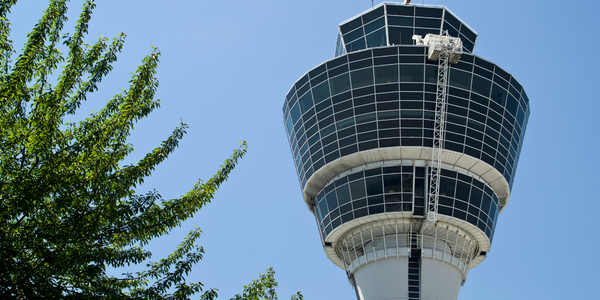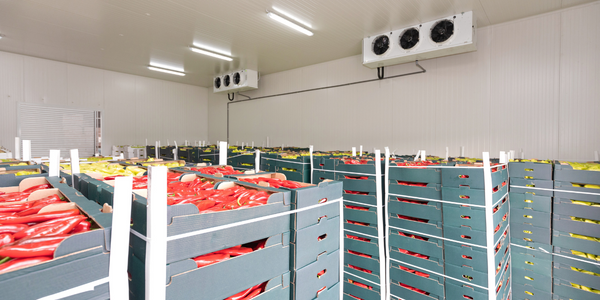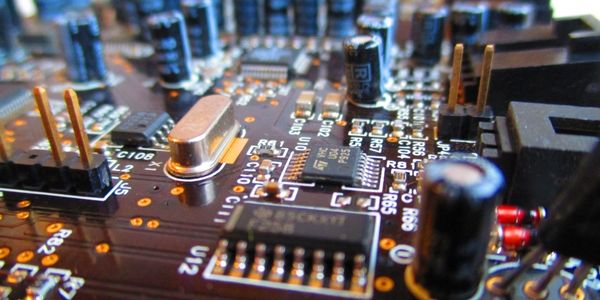Technology Category
- Functional Applications - Transportation Management Systems (TMS)
- Platform as a Service (PaaS) - Device Management Platforms
Applicable Industries
- Electronics
- Transportation
Applicable Functions
- Logistics & Transportation
- Product Research & Development
Use Cases
- Autonomous Transport Systems
- Transportation Simulation
Services
- Hardware Design & Engineering Services
About The Customer
Segway LLC is an American manufacturer of two-wheeled, self-balancing personal transporters, famously known for the Segway Human Transporter (HT). The company was founded by entrepreneur Dean Kamen with the vision of revolutionizing personal transportation. The Segway HT, the company's flagship product, is a self-propelled scooter designed to imitate the human body's ability to maintain balance. The device is intended to be a common sight on urban sidewalks around the world, offering an alternative to traditional modes of transportation. The company works closely with design engineers and has a dedicated Mechanical Integrity group to ensure the performance and integrity of their products.
The Challenge
Segway LLC, the company behind the innovative Segway Human Transporter (HT), faced significant engineering challenges in the development of their product. The Segway HT, a two-wheeled, self-propelled scooter, was designed to revolutionize personal transportation. However, the device's compact design required the integration of numerous hardware and software components into a small space. This complexity presented significant challenges for the Mechanical Integrity group at Segway, who were tasked with ensuring that the device's features and functionality conformed to specified performance criteria. The group faced particular difficulties with the Segway HT's chassis, which had to accommodate the weight of an operator up to 250 pounds, house the device's motors, batteries, and electronic components, and be lightweight. The complex geometric configurations of the design made standard mechanical analysis techniques ineffective or extremely difficult to conduct.
The Solution
To overcome these challenges, Segway utilized ANSYS Multiphysics software, which had previously been instrumental in realizing other innovative products at DEKA Research and Development Company, from which Segway was spun off. The software was used to analyze the geometric nonlinearities present in the various design elements of the Segway HT's chassis. Analyst Mark Wyer used ANSYS Multiphysics for stress and fatigue analyses of the Segway HT's numerous components and assemblies. The software was able to predict the location of stress/fatigue 'hot spots' on numerous areas of the Segway HT, including the load conditions the Segway's wheels would see in regular usage. These predictions were verified via physical tests on a specially designed fatigue-testing machine developed by the team.
Operational Impact
Quantitative Benefit

Case Study missing?
Start adding your own!
Register with your work email and create a new case study profile for your business.
Related Case Studies.

Case Study
Remote Temperature Monitoring of Perishable Goods Saves Money
RMONI was facing temperature monitoring challenges in a cold chain business. A cold chain must be established and maintained to ensure goods have been properly refrigerated during every step of the process, making temperature monitoring a critical business function. Manual registration practice can be very costly, labor intensive and prone to mistakes.

Case Study
Airport SCADA Systems Improve Service Levels
Modern airports are one of the busiest environments on Earth and rely on process automation equipment to ensure service operators achieve their KPIs. Increasingly airport SCADA systems are being used to control all aspects of the operation and associated facilities. This is because unplanned system downtime can cost dearly, both in terms of reduced revenues and the associated loss of customer satisfaction due to inevitable travel inconvenience and disruption.

Case Study
IoT-based Fleet Intelligence Innovation
Speed to market is precious for DRVR, a rapidly growing start-up company. With a business model dependent on reliable mobile data, managers were spending their lives trying to negotiate data roaming deals with mobile network operators in different countries. And, even then, service quality was a constant concern.

Case Study
Digitize Railway with Deutsche Bahn
To reduce maintenance costs and delay-causing failures for Deutsche Bahn. They need manual measurements by a position measurement system based on custom-made MEMS sensor clusters, which allow autonomous and continuous monitoring with wireless data transmission and long battery. They were looking for data pre-processing solution in the sensor and machine learning algorithms in the cloud so as to detect critical wear.

Case Study
Cold Chain Transportation and Refrigerated Fleet Management System
1) Create a digital connected transportation solution to retrofit cold chain trailers with real-time tracking and controls. 2) Prevent multi-million dollar losses due to theft or spoilage. 3) Deliver a digital chain-of-custody solution for door to door load monitoring and security. 4) Provide a trusted multi-fleet solution in a single application with granular data and access controls.




